Gardens, parks, squares, village centres, cemeteries and other spaces must be conceived and constructed. We perceive landscapes, in contrast, more as centuries-old, natural information. Nevertheless, our interventions in them are extensive. We live and work in them, drive through them, and in short, in using these landscapes, we are also gradually leaving our human imprint on them. And yet, even in urban areas there are blessed, quiet places, where the view can inspire not only poets, painters or photographers, but also you and me. Especially where landscape architecture assists the surroundings to create open-air places where the visitor can linger in a sense of well-being. This is because the visitor is able to breathe again, spiritually too, and can encounter the serenity needed for awareness and reflection.
That’s how landscape architect Andy Malengier designs and develops beautiful outdoor locations, where there is something fundamentally human to experience, in harmony with the natural surroundings and the cultural context. Places orchestrated for an optimal experience, where meeting and involvement are central. Places where the path and its conclusion are of equal importance, and where a balance between openness and safety always puts people at ease. Places where, particularly in the case of cemeteries, rituals around saying goodbye and the commemoration of a loved one that follows, can take place in the most beautiful setting. These are also places where the art of living, the art of dying and the art of letting go find perfect harmony.
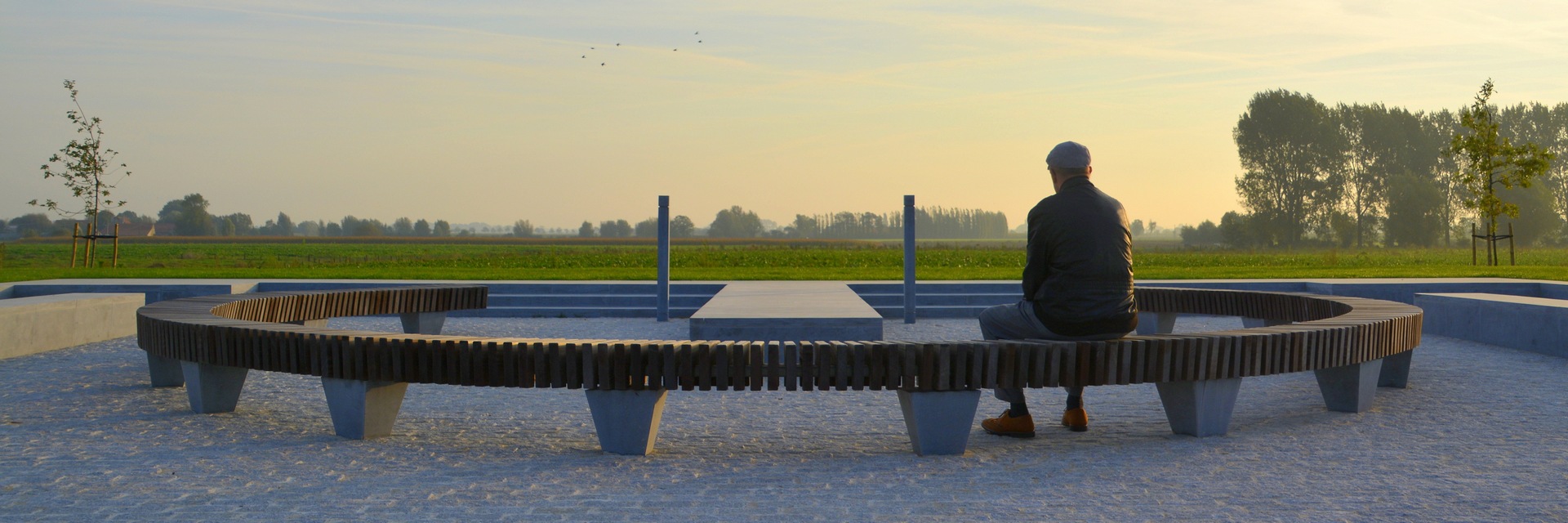
‘It was the designer’s great and glorious task to speak to the sorrowful in the language of beauty, a language of peace that passeth all understanding.’ – Gilbert Decouvreur
Backgrounded by the succession of seasons, with an interplay of forms and lines and of proximity and perspective, the places Andy designs are small oases of peace and quietude. Places that modern people need from time to time in their banal and profane everyday world, where people can have a quiet experience of the outdoors.
His work allows us to see and feel how intimately we can experience a landscape setting and helps us to rediscover a lost, yet fundamental aspect of our existence. His work is a narrative. It is a narrative of quietude, beauty and awareness, in which the human experience is central. – Bart Vuylsteke
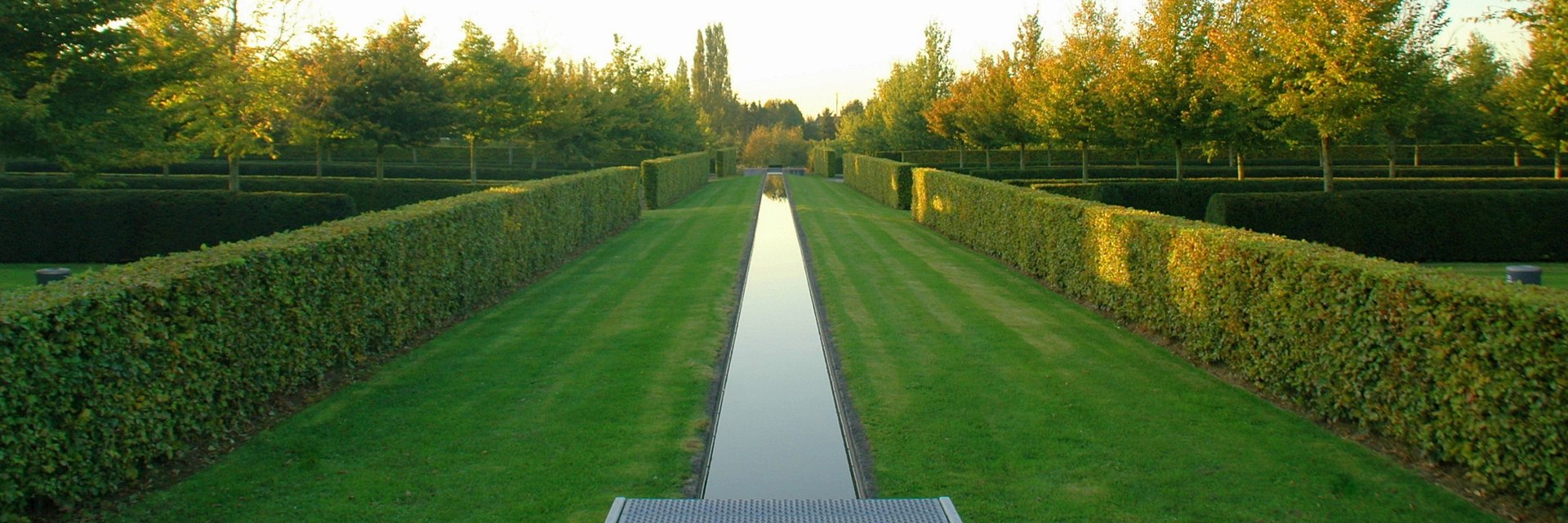
‘Andy, So much beauty in the park cemetery makes a man silent. Can one detach oneself from many daily worries. Having to give up a loved one takes on a deeper meaning in your beautiful realizations and leads to inner peace and tranquility.’ – Paul Decorte
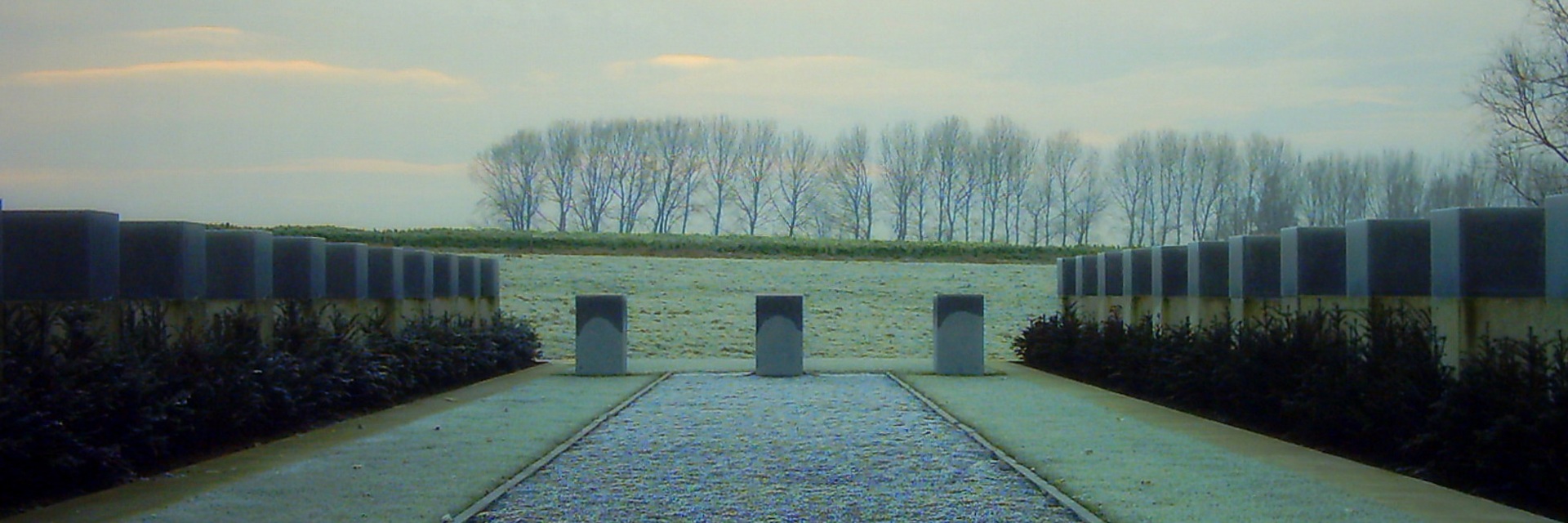
‘Here, the designer creates a clean and light atmosphere, in contrast to which everything everyday means so little‘ – Gilbert Decouvreur
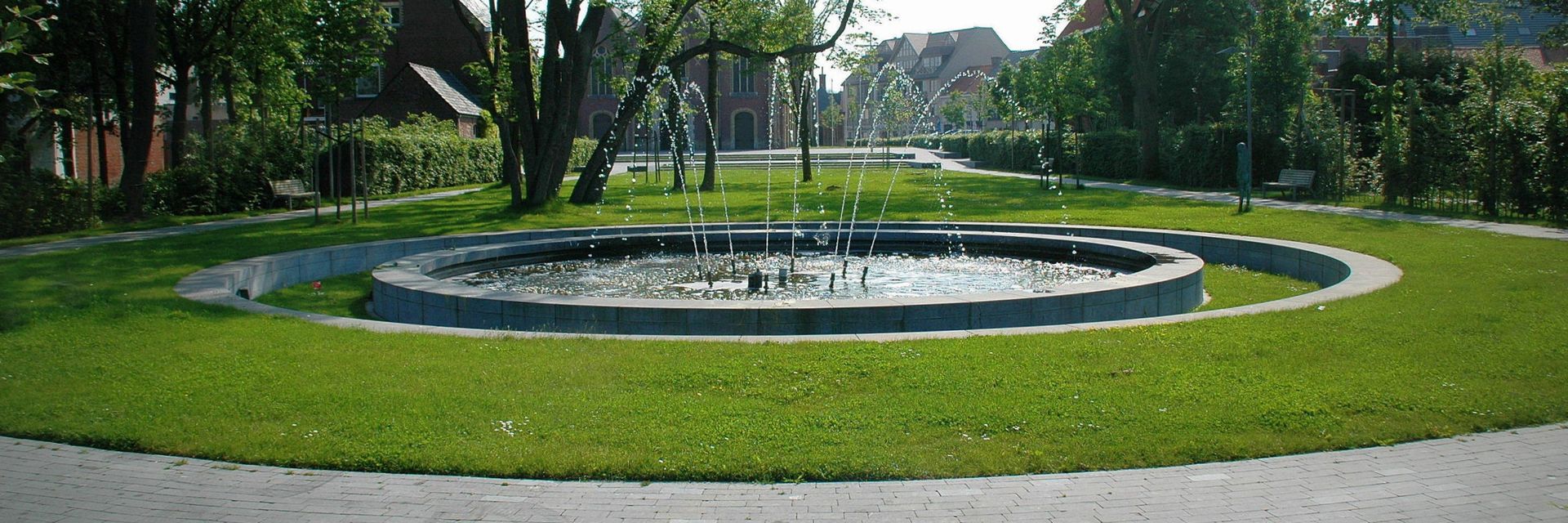
‘What strikes me in the work of Andy Malengier is its sleek austerity and a nearly mystical ambiance. Such places, to my mind, are deserving of the epithets ‘blissful’ and ‘sacred’. – Daniël Vanhoutte
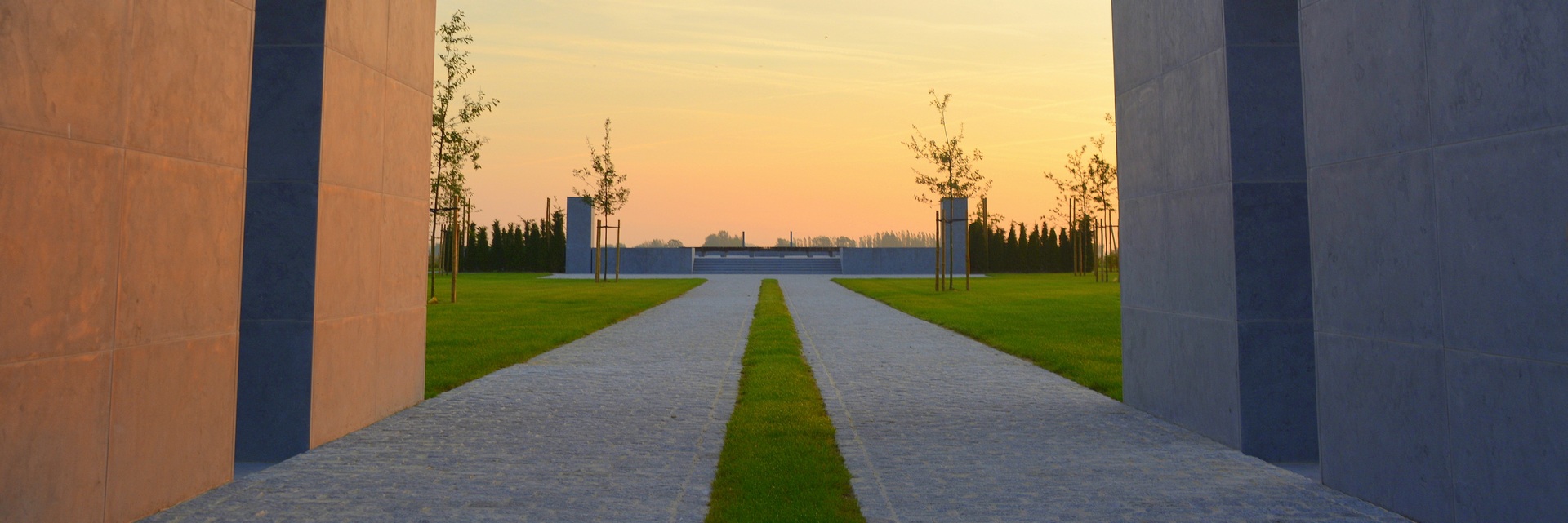
‘Andy, you have a true gift for bringing nature, history and values together in one serene setting. You create an atmosphere where one can be sincerely focused on the moment of farewell and memories. Your work is admirable.’ – Sven Garreyn

‘As a matter of course, every municipality should have as magnificent a park cemetery as Wervik does. A beautiful place where one can reflect on life. The life of yourself and of your loved ones who are gone.’ – Henk Claeys
Aside from the never-ending pursuit of a ‘quiet experience of the outdoors’, which is a common thread throughout my work, I apply eight important principles to create responsible garden and landscape architecture. These eight principles were formulated by my architectural mentor, Mr Gilbert Decouvreur. It was a gift, in my student days, to be artistically trained in Gilbert Decouvreur’s studio. I still experience his masterful teaching in my practice and try to apply it in my designs as best I can.
1. Fascination with nature
Geometry is an abstraction of the natural order!
2.Fascination with ancient cultures
Ancient cultures are the herbaria (or plant libraries) of future architects. The varied beauty of the distant past requires a good amount of knowledge and empathy.
3.Respect for the historic environment
Historic environments are very vulnerable and need their own particular kind of care. All great architecture is integrated into its surroundings with respect!
4. Distinguishing between the superficial and the deeply human
Learn to see the distinction between the architect who positions themselves as controversial and superficial and one who designs architecture that is deeply human. In order to create beautiful designs, one must possess this deeply human quality. If not, all endeavour becomes an exercise in trends.
5. A truer interpretation of functionalism
Reject a narrow, rational functionalism in favour of functionalism that is pluralistic, complex and contradictory.
6. A truer interpretation of functionalism
New trends must be placed in a historical context instead of being blindly followed.
7. The socio-economic versus the artistic-creative
Public space should be furnished using an artistic-creative approach, not a socio-economic one!
8. Confrontation with great architecture
Study trips must include confrontations with truly great architecture. They should not be trend-identifying tours, but confrontations with masters.

Study according to the first principle – Fascination with nature; geometry as an abstraction of the natural order! Study of the perfect proportions of a plant cell in Bristol board. Andy Malengier, Atelier Gilbert Decouvreur, Sint-Lucas, Ghent, 1989

